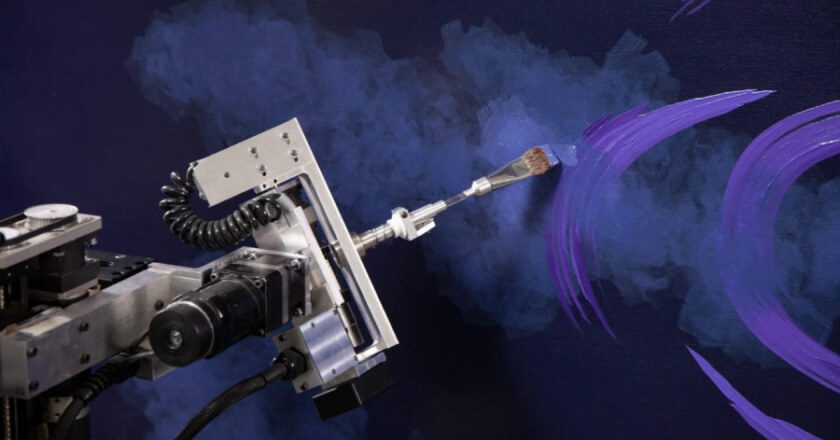Get Inspired
Build the life you love. Learn more about fusioneering:

Posted on August 1, 2022 in Inspiration
In ancient times, it had many names. Your genius, your muse, your daemon – the spirit that follows and guides you, the ethereal manifestation of your as-yet-unrealized potential. Today, we call the concept inspiration.
The inherent power of inspiration – and its incredible benefits to creativity and productivity – were well-known, and often deified, by a great many cultures of ages past. Today, however, much of inspiration’s effects are attributed instead to concepts like talent and persistence. Recently, some scientists have been working to change our perspective on the concept of “being inspired.”
Sure, we understand inspiration to be the process of being mentally stimulated to feel a certain way or act on something, usually in a creative or productive manner. Because of inspiration’s historical mythologization, it has – until the last decade – received surprisingly little attention in psychological research. Instead, science has attributed its effects to other, less-nebulous aspects of the human mind. To combat this, researchers Thrash and Elliot created a unified, overall definition of “the inspirational construct.” They found that the process of inspiration can be conceptualized in three parts:
Read More: Follow Paul Kirby’s Journey of Inspiration. Can you identify the three components of inspiration at work as he forges ahead and creates Dulcinea?
“Positive Affect” is the level of positive, energetic, and happy emotional response that an individual feels. “Negative Affect” refers to the opposite. While it is important to note that the feeling of inspiration is distinct from Positive Affect, high-energy feelings of Positive Affect are the strongest known correlate of inspiration. Negative Affect typically diminishes with inspiration.
An inspired state won’t necessarily guarantee your happiness, but it can provide a more positive outlook and a greater sense of meaning in the world, while opening your mind to a greater range of possibilities. Inspiration also won’t erase your problems, but it can reduce the mental hold they have over you.
A study on college students demonstrated that those students reporting higher inspiration also achieved greater progress towards their goals. This led to the inspired students setting increasingly more ambitious goals, which they were still likely to reach given their inspired state and confidence gained from continuous goal attainment. The psychology of inspiration works like a snowball down a hill. Inspired goal-setting can cause us to enter a feedback loop of positive rewards that ultimately increases productivity and sets our sights higher.
Along with the greater level of “transcendental” understanding and awareness that comes from inspiration, an inspired state has been shown as a key predictor for the level of creative output from an individual in question. One study showed that writing samples from inspired individuals were graded as “more creative” than samples from uninspired peers (judged independent of intelligence or technical merit). The feeling of inspiration fuels us forward, past internal barriers that might otherwise limit our capabilities and perspectives.
Don’t force it. The pressure to feel inspired can cause individuals to force a moment of false inspiration, and as Thrash and Elliot’s extensive research on the subject has shown, an inspired state can’t be forced. Inspiration is not something that you can will onto yourself, and once you free your mind of the pressure to feel inspired, you’ll open the room for real inspiration to flood in.
That’s not to say that inspiration comes out of thin air. Surround yourself with things and ideas you find meaningful. Work on improving your knowledge and being open to new experiences, and seek out narratives of inspiring creators. Let go of the need to be inspired…
…and inspiration will find you.
Need somewhere to start looking? The Kirby Foundation has you covered on all things inspirational! Check out our blogs on unlocking inspiration and creativity in your life. Find us on Instagram, Facebook, and LinkedIn for posts and resources on thought-provoking art and innovations, and make sure to join the Kirby mailing list for every update on fusioneering new frontiers.
Are you interested in hearing the complete story of Paul and Dulcinea? Watch the video (nominated for Best Short Film at the 2021 Vail and Portland Film Festivals) for more info.
Want to be the first to know about every exciting new project at the Kirby Foundation?
Join Our Mailing ListBuild the life you love. Learn more about fusioneering:
Why pick which passion you should follow? Fusioneering allows you to cultivate many interests into something innovative and revolutionary.

Meet Paul and explore how blending your interests can empower you to follow your enthusiasm and bring your passions to life.